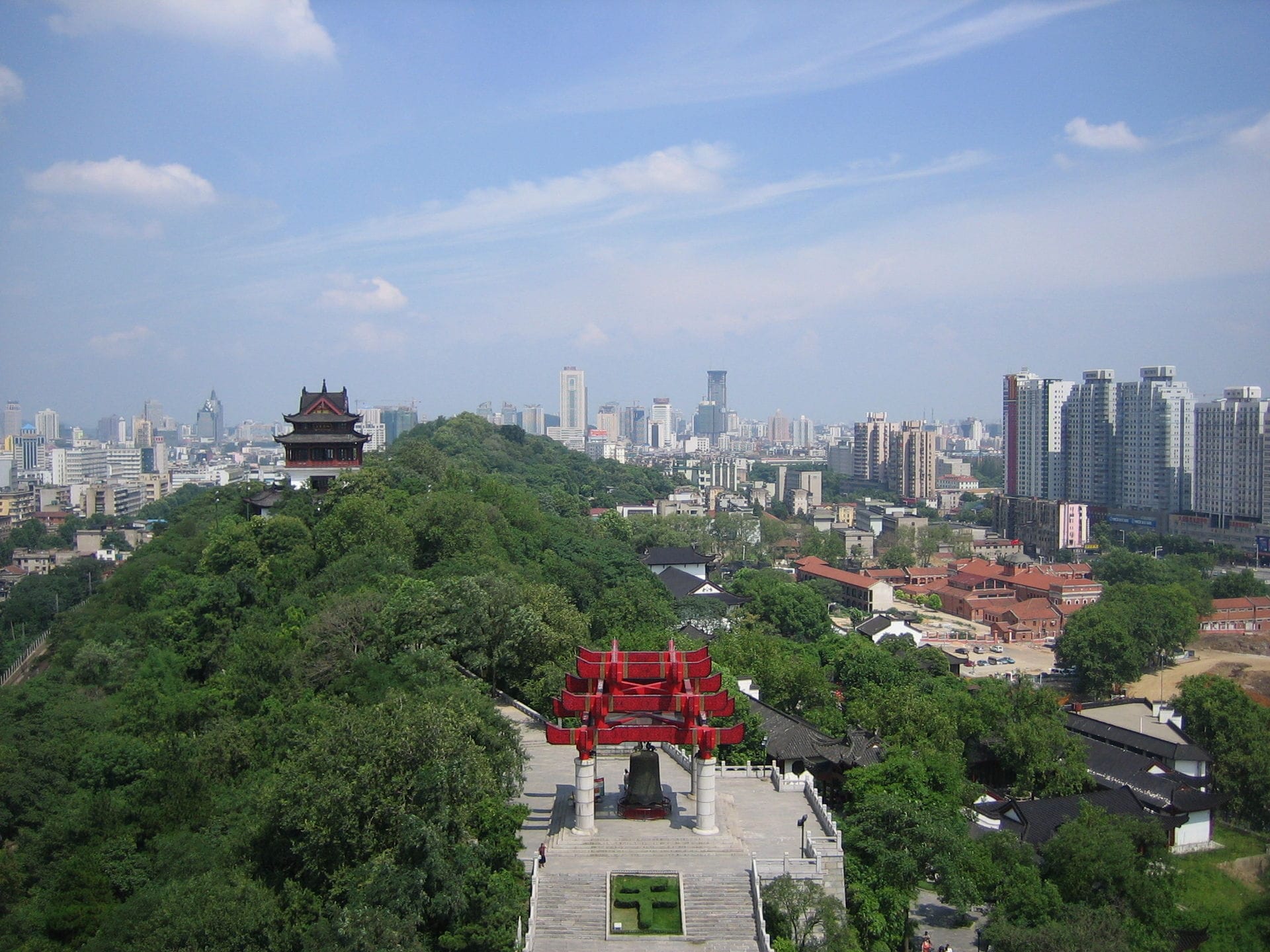
Marta Olazabal, AXA Fonds pour la Recherche and Sarah Colenbrander, World Resources Institute
Before January this year, many people around the world had never heard of Wuhan. Today, this Chinese megacity – population 11 million – has achieved notoriety as the birthplace of a pandemic.
The global connectivity of cities such as Wuhan has enabled the rapid spread of Covid-19 around the planet. Now the density and dynamism of cities – the very qualities that make them rewarding places to live and work – prove a threat. Global economic and cultural capitals have been the first to be overwhelmed: Hong Kong, London, New York City, Milan, Seoul. Cities once defined by bustling streetscapes are now in lockdown: Buenos Aires, Cape Town, Delhi, Madrid, San Francisco.
Paradigm shift, helped catalyzed by covid-19, can make this Earth Day into THE EARTH DAY!
“Of course, we want to reopen the economy, but we think we should do it on a different basis from before.”https://t.co/H8aINmldEo
— 🌎 Kevin Leecaster (⧖) (@kb_leecaster) April 21, 2020
A critical point for cities and the climate
Our first concern at this time must be protecting lives and livelihoods. Looking forward, this pandemic could shape city life for years to come – years that are also critical for the climate crisis.
The near-term impact of Covid-19 seems to be an extraordinary drop in global greenhouse gas emissions. The lockdown in China temporarily reduced the country’s CO₂ emissions by a quarter. The world is on track for the largest-ever annual reduction of CO₂ – a 4% fall relative to 2019. Emissions will need to continue falling after the lockdown is lifted – but the costs must be borne more equitably.
The rich can bear the pandemic – their incomes continue to be paid, their homes tend to be more spacious and they largely face this new risk in good health. The poor in inner-city neighbourhoods cannot, however. Millions of people are being confined in apartments without natural light or green space. Millions work in essential jobs where they are poorly paid and particularly exposed to Covid-19 – bus drivers, carers, cleaners, police, teachers, supermarket staff and, of course, health care workers. Millions have pre-existing health conditions linked to poverty, such as malnutrition and diabetes.
The poor in informal settlements face an even more precarious situation. Without basic services such as piped water, handwashing is hard. Overcrowding means that social distancing is not possible. Those who cannot go out to work in the day cannot feed their families in the evening. Those that travel to work, face higher exposure rates. From Barcelona to Buenos Aires, London to Lagos, the tight relationship between poverty, health and risk in cities is being thrown into stark relief.
In the medium-term, climate change may be deprioritised as decision-makers focus on public health and economic recovery. In this case, emissions will quickly rise again. Extended social distancing in cramped living spaces might fuel public appetite for sprawling suburbia. This would threaten ecosystem services and biodiversity, increasing exposure to climate hazards while reducing people’s ability to adapt. Fear of using mass transit may inspire the large-scale use of private cars (as we are already seeing in Wuhan). Meanwhile, the upfront costs associated with building retrofits, electric vehicles and solar panels may not be palatable during a recession.
Yet lower-carbon urban development is one of the best strategies to enhance public health and support inclusive economic development. Low-carbon measures in cities could generate returns worth nearly US$24 trillion by 2050 – all while creating decent jobs, improving air quality and enhancing energy security.
Ensuring new investments are climate-safe
National stimulus packages must seize this urban opportunity – once transmission rates have fallen and testing is improved. How? Investments in affordable housing and basic services need to be at the heart of any fiscal response in order to enhance the resilience of urban residents. New water points are already being established in the slums of Jakarta, Nairobi and Rio de Janeiro so that people can wash their hands more frequently; access to safe drinking water and sanitation should be a priority even without the new impetus of coronavirus.
Expanding sidewalks and cycle lanes will also be important, allowing people to travel safely and inexpensively around their neighbourhood. Berlin, Bogota and Mexico City are already converting roads into cycle lanes to facilitate safe travel by critical workers and safe exercise by otherwise housebound urban residents. Safer, greener streets will also reduce pressure on urban parks if the lockdowns continue.
Investments in decentralised renewables and electric vehicle charging infrastructure could create good local jobs quickly. The solar industry alone accounted for a quarter of a million jobs in the USA in 2019. These investments would also tackle toxic air pollution, which is linked to much higher rates of death in people with Covid-19.
In such a turbulent and precarious times, it is hard to look ahead and prepare for another existential crisis – but we must. If climate change is deprioritised in urban areas in the wake of the pandemic, it is unlikely that global warming will be held below 1.5°C.
National governments can ensure a quicker economic recovery and greater resilience to future shocks by placing more inclusive, sustainable cities at the heart of their fiscal stimulus.


Marta Olazabal, Research Fellow, Basque Centre for Climate Change, BC3, AXA Fonds pour la Recherche and Sarah Colenbrander, Coalition for Urban Transitions, World Resources Institute
This article is republished from The Conversation under a Creative Commons license. Read the original article.



